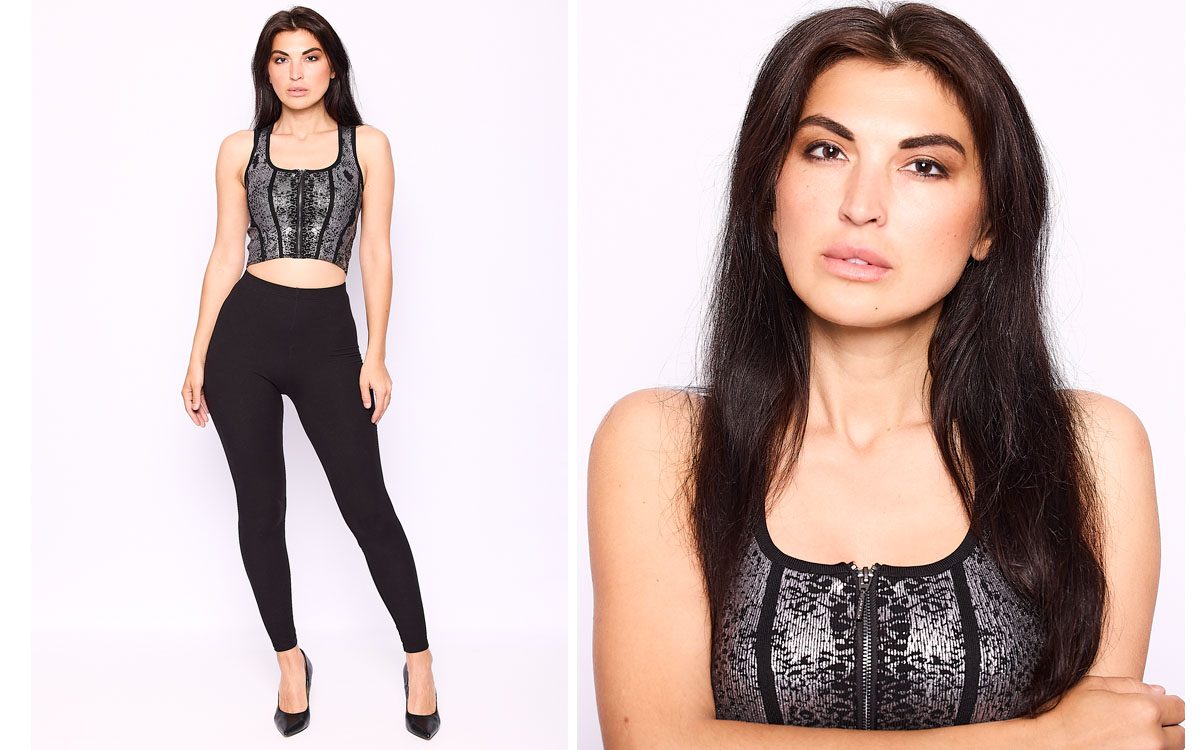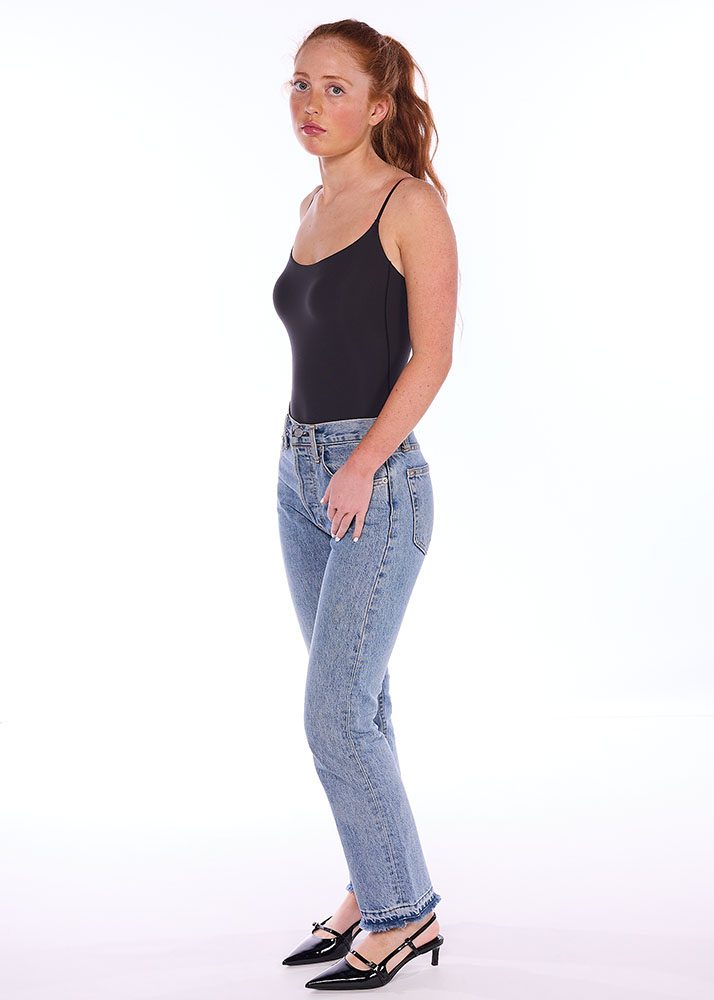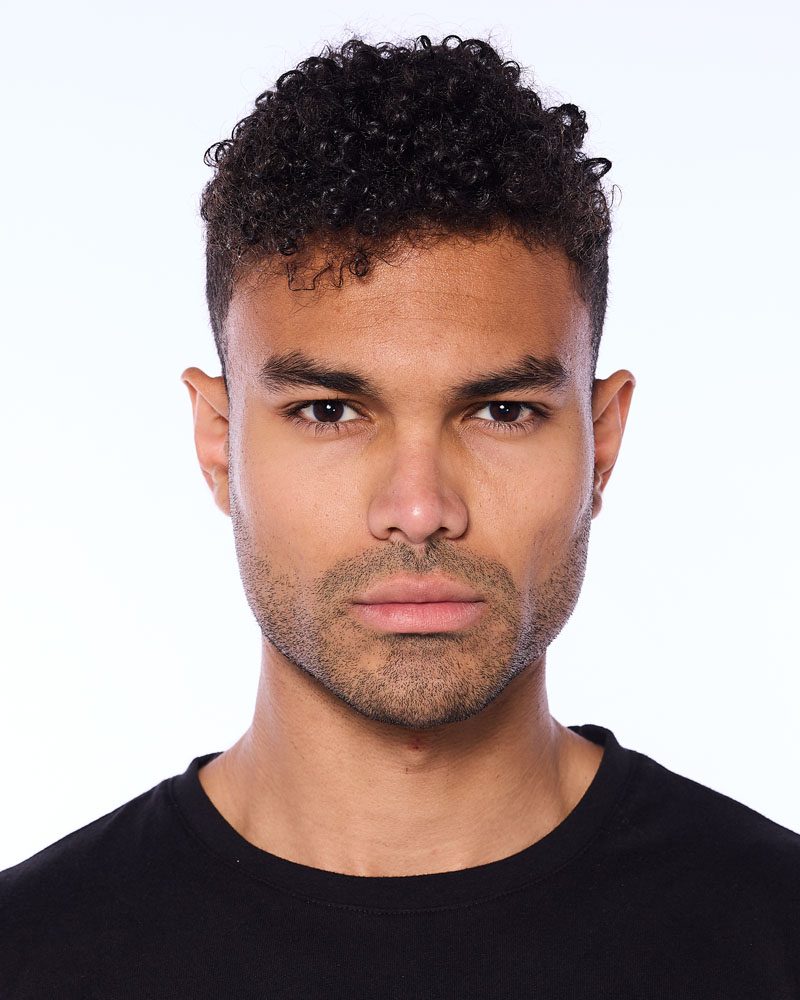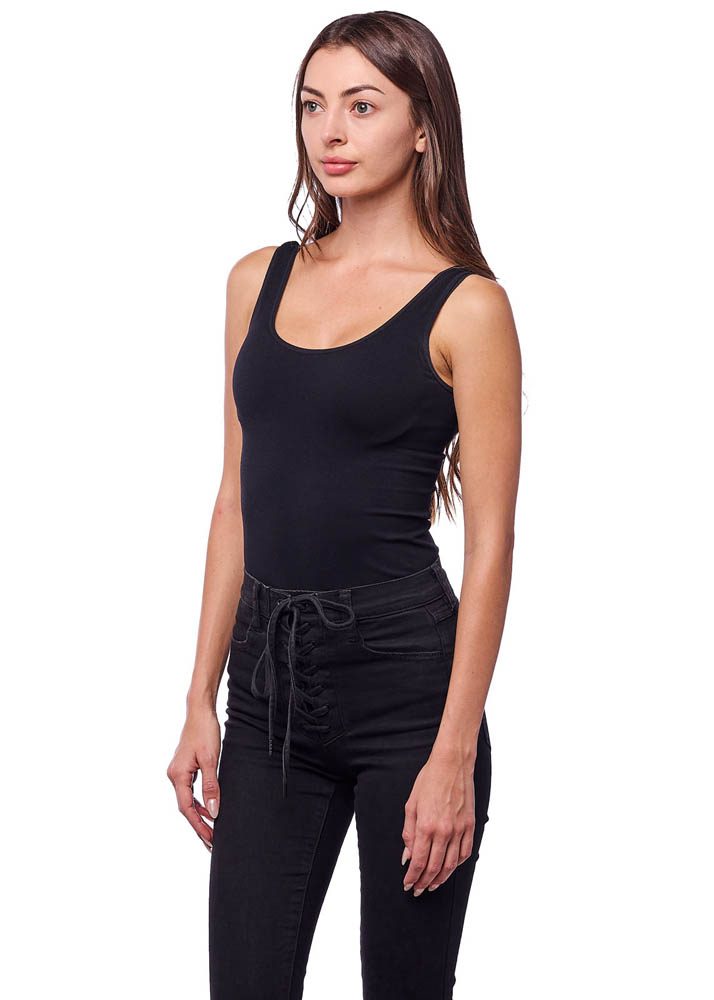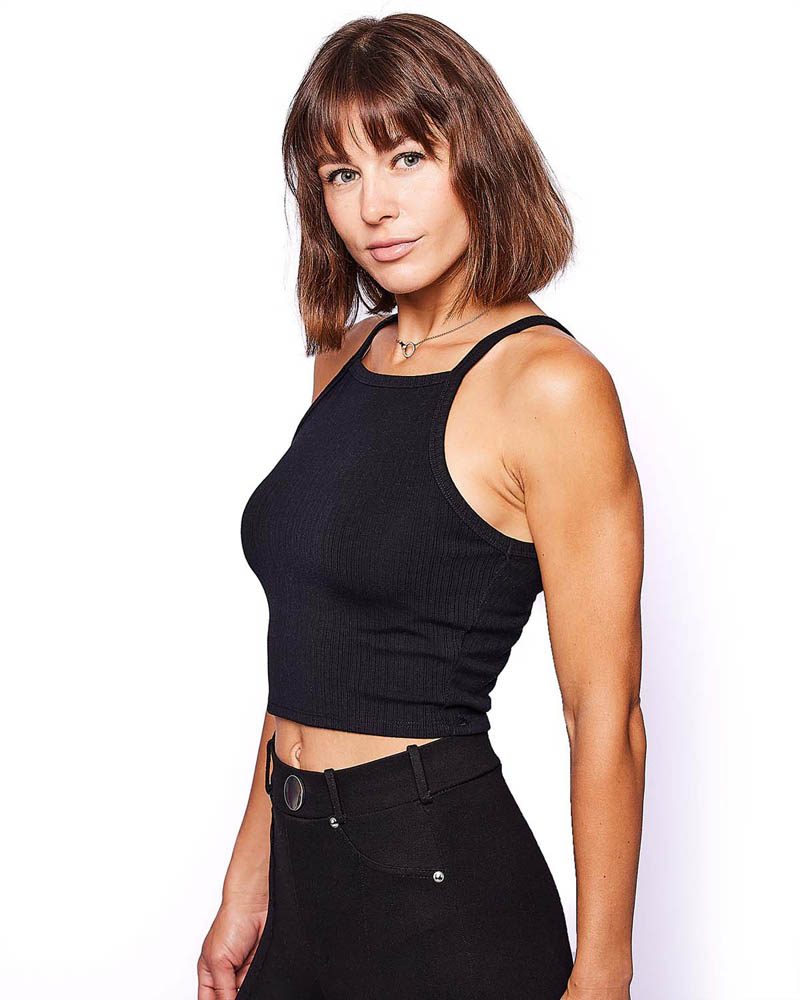What to Wear for Modeling Digitals
First, there is no standard or rule. This is mainly because there are so many different modeling agencies wanting different things. So, it is best to do what would be the broadest appeal to most of them.
So, usually, you want to wear form fitting clothes, not baggy ones. So, slim jeans or leggings and a t-shirt or tank top are common. You will also want to consider contrast. In most cases, the background should be as white as possible. So, darker clothes are going to usually be best. But be sure the clothes contrast with your skin.
It is common to wear all black, head to toe. But if you consider yourself to be very pale, this can create a lot of contrast. So, you might consider a dark gray or other color that will tame the contrast. If you consider yourself to be very dark skinned, this can hide contrast with your skin. You want to showcase it. So, you might opt for slightly brighter colors than black – that gray again or similar color (blue jeans and a gray top, for example).
For shoes, it is common for women to wear heels and men to wear sneakers. Overall, for your wardrobe, keep it simple. Avoid clothes that have patterns or large logos. Solid colors are best, so the focus remains on you and not your outfit.
What is the Ideal Background for Modeling Digitals
A bright white background is best. This could be a large white wall and white floors, if possible. This is desired because your outfit will usually be on the opposite side of white. This way you can go for the contrast that keeps the focus on you.
A white cyc wall can be used to create the most white background. This seamless white background look is the one that will keep the most focus on you and is usually best done in a photography studio.
Alternatively, you can go for more Polaroid style modeling digitals, as I like to refer to them as. This is where you will be near a white wall, and again, as light a floor as possible. So, a common living room wall might be good or a large white wall outdoors.

